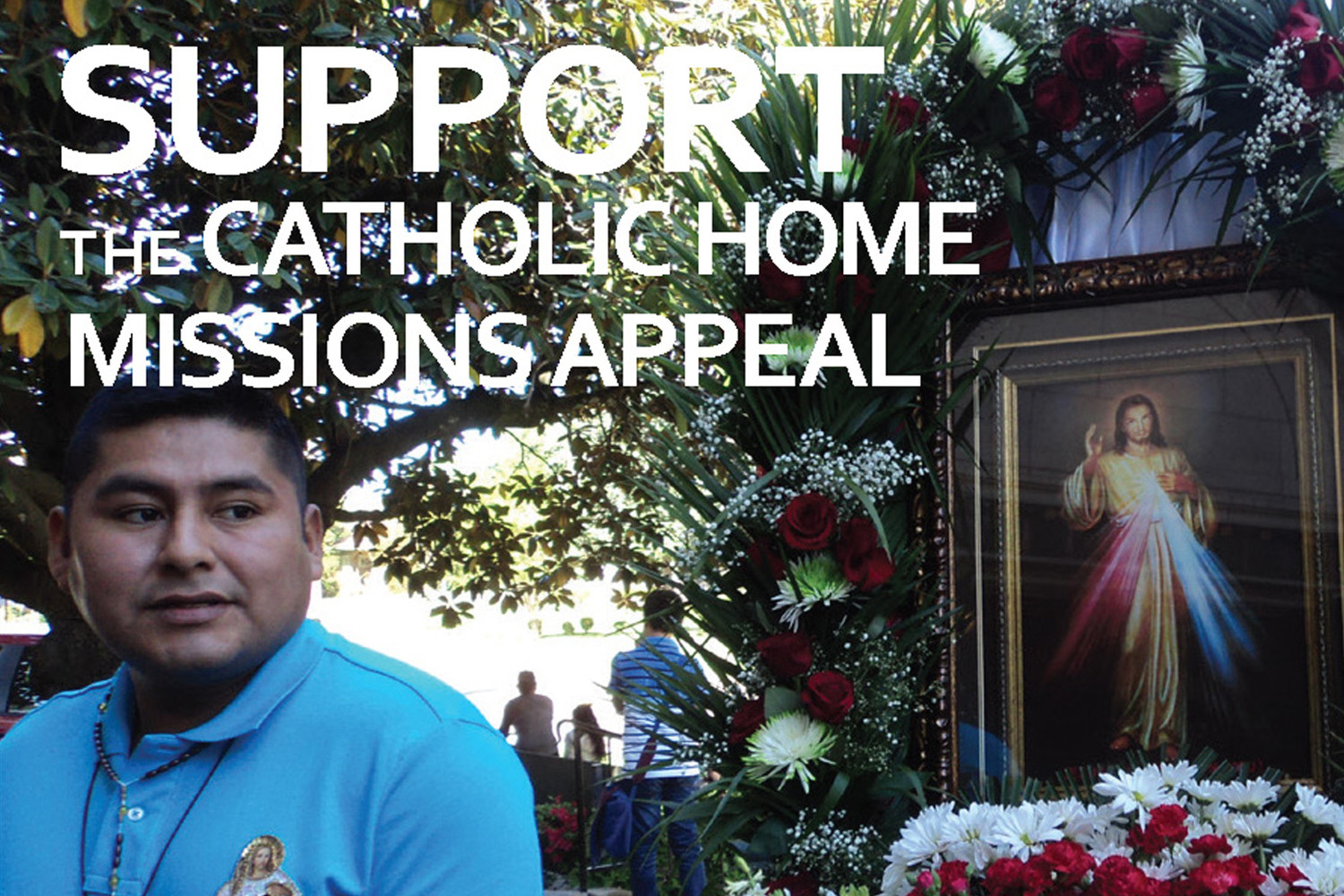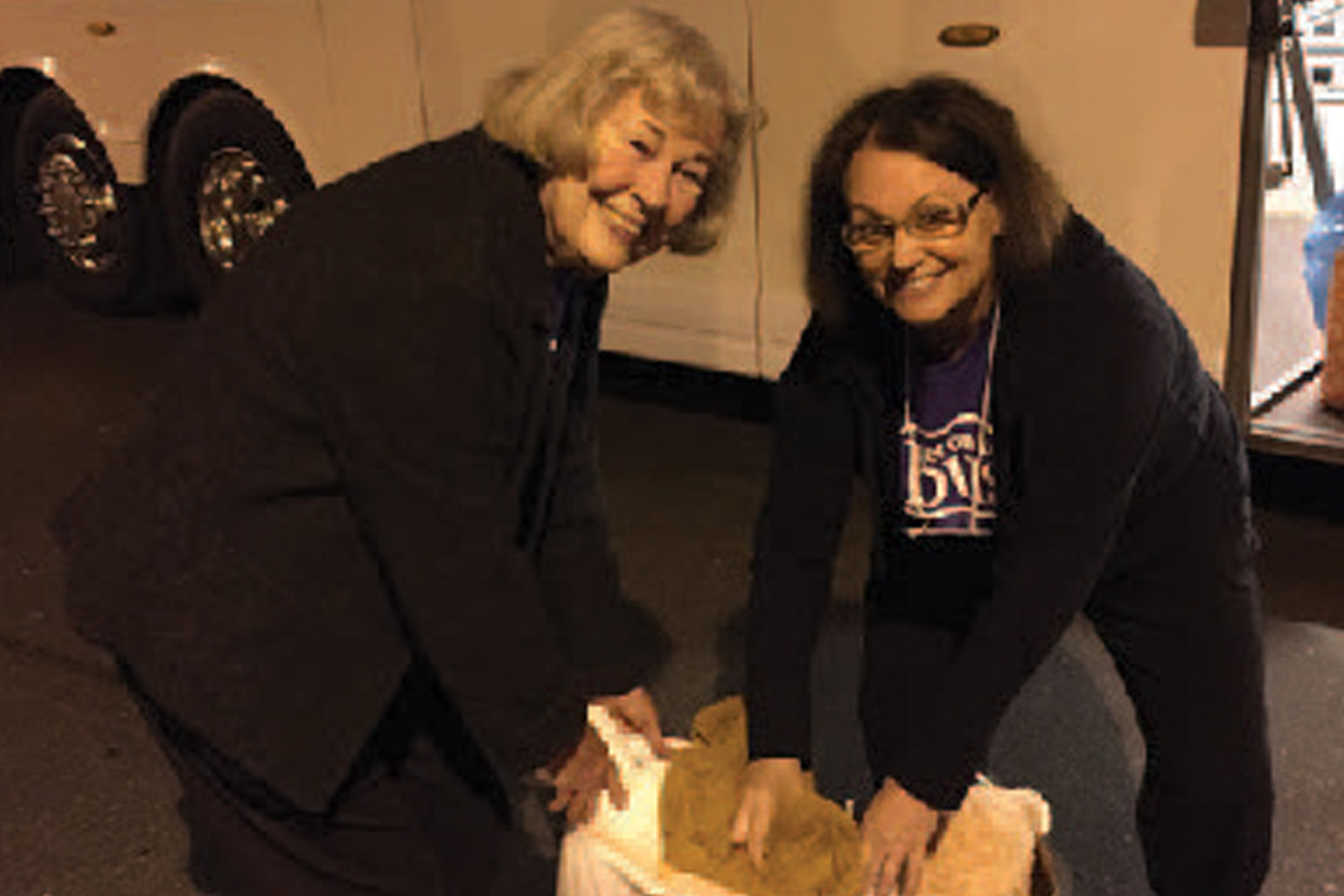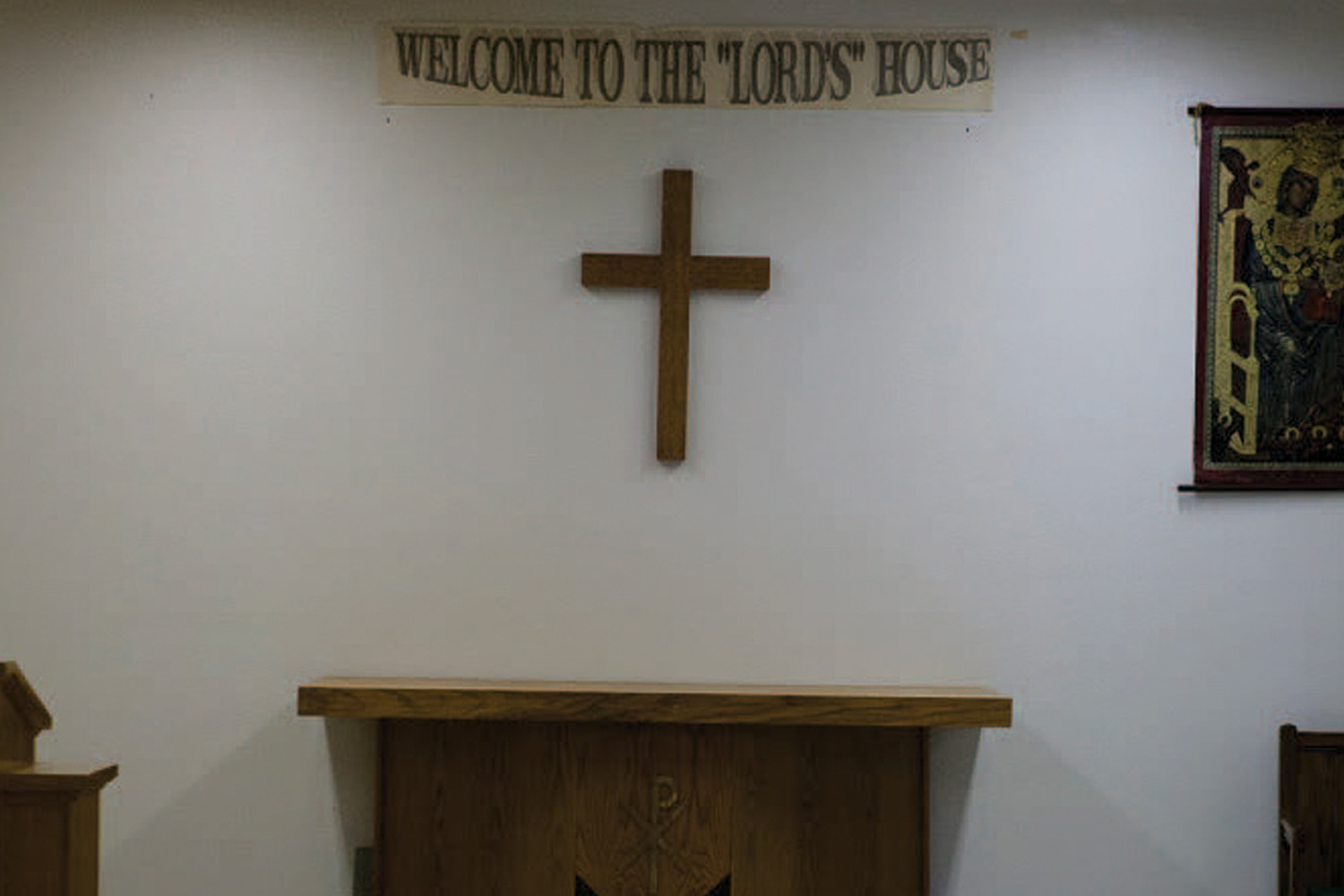Restorative Justice in Santa Rosa

The national Catholic Home Missions Collection will be taken in parishes throughout the diocese the weekend of April 21-22. Here is a profile of one of numerous ministries that receive crucial support from this collection. Please give generously:
Prison is not a permanent address for most offenders.
Men and women convicted of crimes will eventually return to their communities and try to reestablish relationships with family, friends, and others they knew before they were incarcerated.
But reentry into society is rarely smooth.
Temptations and tensions persist and offenders who have not made meaningful changes to their lives and attitudes are at tremendous risk of committing new crimes.
Offenders, victims, and the families of both have unique needs that are often overlooked in the criminal justice system.
For 25 years, the Diocese of Santa Rosa in northwestern California has operated a mostly all-volunteer program to bring healing, understanding, and support to those engaged with or affected by the system.
Deacon John Storm is director of the Catholic Restorative Justice Ministry, one of the programs supported by a Catholic Home Missions grant to the Diocese of Santa Rosa.
“Our mission is to restore and improve community by inspiring those affected by crime to achieve individual healing through self-knowledge, empathy, and spiritual growth,” Deacon Storm said.
The ministry includes support, education, and pastoral interaction with inmates; support for families; community and church education and advocacy; and advocacy for healing of victims, offenders, families, and first responders.
“We’re not whitewashing crime,” said Deacon Storm. “This is about accountability. But we talk about the dignity of all human people.
“It’s not a matter of us OR them, but us AND them,” he said. “There is more that we have in common than what keeps us separate.”
The program began in 1993 as a diocesan detention ministry and expanded with the promulgation of Responsibility, Rehabilitation, and Restoration: A Catholic Perspective on Crime and Criminal Justice, a statement issued in 2000 by the U.S. Conference of Catholic Bishops.
The Catholic Restorative Justice Ministry grew beyond a basic prison ministry to become an association of the faithful focused on the document’s call to respond to all who have been harmed by crime.
Within the Santa Rosa diocese, detention facilities include one state prison, one state mental hospital for the criminally insane, six state corrections and rehabilitation camps, six county jails and satellites, and six juvenile detention facilities.
Deacon Storm and his office manager are the part-time staff of the ministry. They work with 30 trained volunteers who serve in social, catechetical, organizational, and advocacy roles.
The deacon, who was ordained in 2013, is a former member of the ministry’s board. He retired from a 35-year career in law-enforcement that included work as a county court investigator and federal probation officer.
New volunteers make individual “friendly visits” to people in the jails. The “through the glass” visits give volunteers a nonthreatening way to experience the jail environment and help alleviate the isolation of the offenders, according to Deacon Storm.
“This is pre-evangelization at its finest,” he said. “We visit because we’re Catholic. Eventually we have the opportunity to explain that we see dignity in every human and believe people have value and do not have to be defined by their crimes.”
Some of the volunteers are crime victims who participated in a restorative justice program; others are professionals who want to put their skills to use in a different context.
The Catholic Restorative Justice Ministry operates a growing Victim Offender Education Group Program (VOEG) at Pelican Bay State Prison.
Deacon Storm describes this as a slow process to help incarcerated individuals understand and develop insight into the underlying circumstances of their lives and the choices that led them to prison.
“The truism ‘Hurt people hurt people’ is borne out here,” he said. “These people learned how to be violent by what was done to them and they never saw an alternative.
“We help them self-identify patterns of negative behavior and begin to replace them with healthier ways of thinking and behaving,” he stated. “Almost everyone who commits a crime is seeking something good, but the way they do it looks to their own survival and gain and not at the needs, rights and safety of others.”
Grief and loss, shame and guilt, are common feelings experienced by offenders and people working with them in the ministry.
In some ways, sin and crime are analogous, Deacon Storm noted. However, while sinners have an opportunity for sacramental reconciliation, offenders do not always have an option to reconcile with those they have hurt.
The ministry offers a gradual program of conversion that helps offenders see themselves as people who can be loved. It also sustains those who are Catholic with Eucharist and Sunday services.
“We’ll bring more people to church with hope and joy than with a dour countenance and ‘reading the riot act,’” said Deacon Storm.
John C. was incarcerated at various facilities for 20 of his 65 years. He was homeless when he was released from prison last year.
Deacon Storm helped him secure a home, reintegrate into the community and reinforce his commitment to lead a lawful lifestyle.
“Deacon Storm is helping me get my life together. I’ve got a good thing going and I better not mess it up,” he says.
Mr. and Mrs. Z. attended a restorative justice talk at their parish, and invited Deacon Storm to make a presentation to a local fraternal organization. Subsequently, they tapped him to visit a young relative in the county jail.
That inmate appreciated the encouraging visit, but the deacon’s ministry was perhaps even more important to the family, to whom he offered comfort and an orientation to the complex criminal justice system.
The Catholic Restorative Justice Ministry also provides volunteers, crafts and snacks for the “Get on the Bus” program organized by other local groups.
The initiative brings families to visit offenders on visiting days, especially near Mother’s and Father’s Days.
“Imprisonment is a serious impediment to continuing family relationships and anything that can be done to help maintain the relationship should be done,” Deacon Storm said. “The children, the parents, and the institutions all benefit from visitation programs.”
He sees glimmers of hope in the prison population. Offenders in the Victim Offender Education Group are trying to figure what they need to do to succeed in life. Near the end of the 52-week program, each offender has a facilitated dialogue with a surrogate victim who was harmed by the type of crime the offender committed.
Deacon Storm said the immediate measure of success is whether the inmate can articulate accountability for his or her actions, understands the impacts of the crime, expresses empathy for the victims and the other offender participants, and commits to harming no one in the future.
Long-term success is harder to measure, although anecdotal evidence is encouraging, he said.
In addition, young volunteer participants in the ministry give Deacon Storm hope.
“When youths are exposed to the concept of restorative justice, with its holistic approach of healing harms, they get it,” he said. “Restoration makes better sense to them than retribution.”
Catholic Home Missions covers approximately 40 percent of the Catholic Restorative Justice Ministry budget.
“The Catholic Home Missions grant makes it possible for the diocese to fund this ministry,” said Bishop Robert F. Vasa of Santa Rosa. “Deacon Storm provides invaluable service and apprises me of chaplaincy needs and local and statewide initiatives regarding Restorative Justice, prison ministry, and community concerns.
“In the present era of growing tension between law enforcement and communities, his expertise is especially valuable to me,” said Bishop Vasa.
This article was originally published in the Summer 2017 issue of Neighbors, the Catholic Home Missions quarterly newsletter and is reprinted here with permission.
Comments
Other items that may interest you
Services
The Catholic
Missourian
2207 W. Main St.
Jefferson City MO 65109-0914
(573) 635-9127
editor@diojeffcity.org









